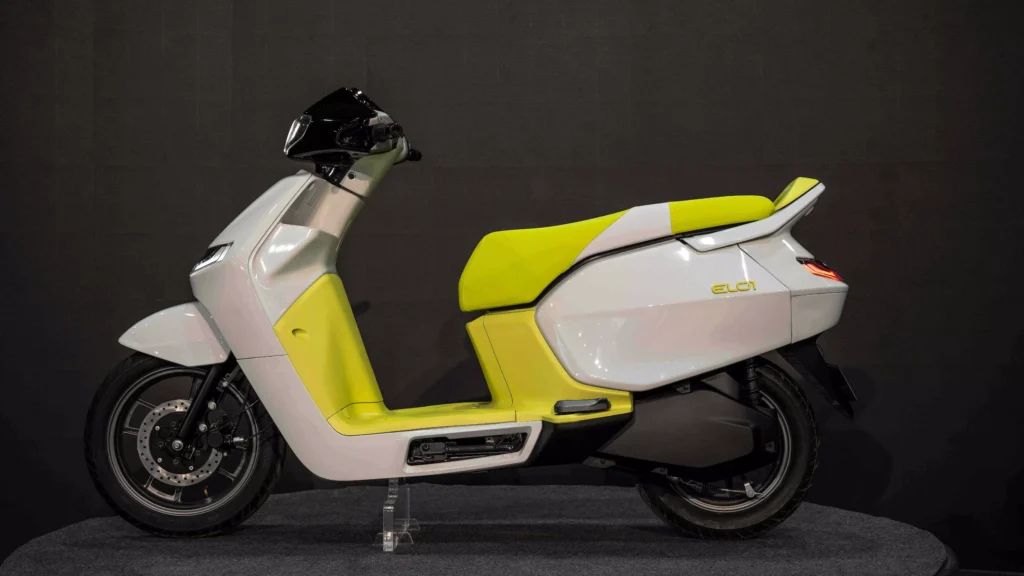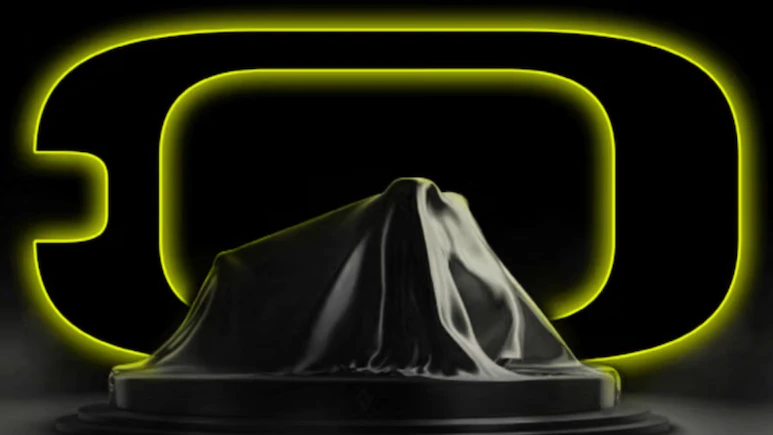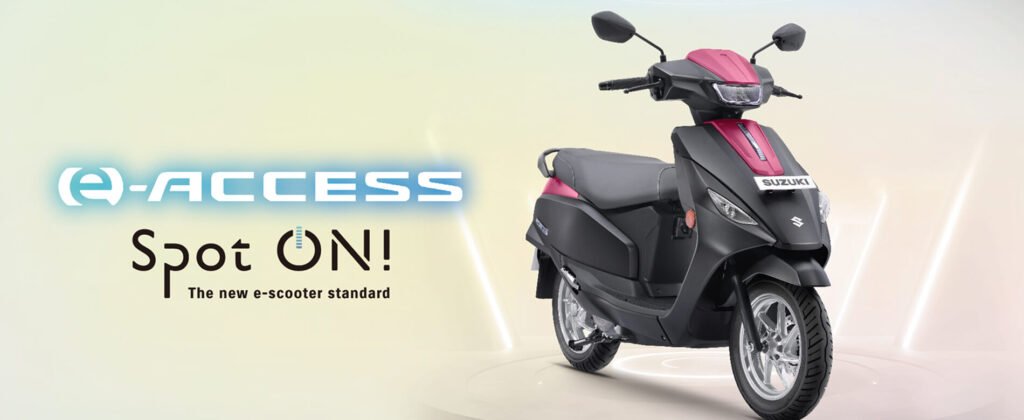As India’s electric two-wheeler wars heat up, Ather Energy CEO Tarun Mehta has doubled down on the company’s “mass premium” ethos, signaling that the much-hyped EL platform will deliver more affordable scooters without dipping into subsidy-choked sub-₹1 lakh territory. In a candid interview, Mehta outlined how the next-gen architecture promises cost efficiencies over legacy designs, yet underscored a firm pricing floor to safeguard quality and profitability— a stance that’s fueled Ather’s stock surge and ambitions for a 20% market slice by 2026.
The EL platform, unveiled in late August, represents Ather’s bid to democratize premium EVs amid fierce rivalry from Ola Electric and TVS. By streamlining production and assembly—slashing build times by up to 40%—it positions upcoming models for aggressive pricing while preserving the tech-loaded experience that defines Ather’s brand. “The cost of the E platform products are expected to be lower than current architectures,” Mehta affirmed, qualifying that final tags hinge on variables like battery capacity and wheel size. “On average, Apple’s comparison, it will be lower.
“This affordability push aligns with Ather’s expansion blueprint: A new scooter launch eyed for next year, coupled with 200 new outlets and beefed-up charging infra, all aimed at capturing a fifth of the premium segment. Shares jumped 5-10% post-announcement, hitting ₹512.80, as investors bet on the platform’s margin-boosting magic—86% of FY25 buyers already opting for paid software add-ons yielding 53% EBITDA.
Yet, Mehta’s vision isn’t about chasing volume at rock-bottom prices. Historically, Ather has shunned the ₹80,000-₹85,000 bracket, viewing it as a trap of subsidy reliance or corner-cutting that erodes value for both company and customer. “For us generally historically, one lakh has been like this lasha below which we have not seen value—we’ve not seen value for us as a company, we’ve not seen value eventually for the customer,” he explained. “When you go to like let’s say 80k 85k, trying to build an electric product, either you are too subsidy dependent or you cut the product so deeply that it’s not a good product.
“Echoing his March remarks where he dismissed sub-₹1 lakh EVs as a dead-end—favoring 125cc ICE equivalents instead—Mehta hinted at toeing the line without crossing it. “We may not go below a lakh but uh uh we could get close to a lakh and there is a obviously an opportunity.” This sweet spot could birth an entry-level EL scooter around ₹95,000-₹1.05 lakh ex-showroom, blending Ather’s signature features—fast charging, OTA updates, and zippy performance—with broader appeal.
For Ather, it’s a calculated gamble in a market where subsidies distort the low-end, but premium buyers crave reliability. With FY25 revenues swelling on software upsells and a leaner cost base, the EL era could propel profitability by FY27, per analyst whispers. As Mehta puts it, it’s about “pushing the envelope on our pricing uh make products more affordable” without diluting the DNA that earned Ather its “Apple of EVs” moniker.



